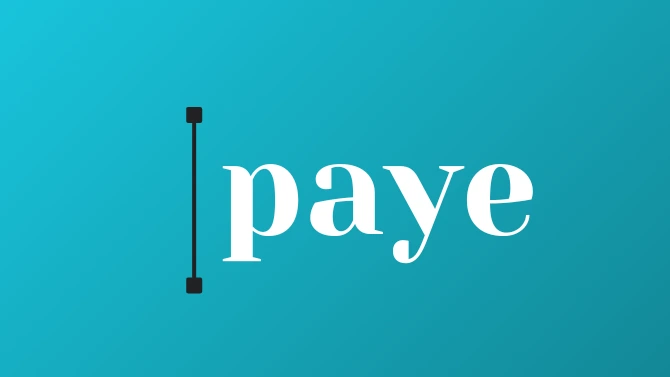Full name details

Employers with new workers or looking to employee staff need various documents to get them on payrolls. Employees must provide various details to enable employers to place them in the correct tax codes and declare them to the HMRC.
The PAYE starter checklist is one form that employees must submit. It is tailored for workers who start with a new employer but don’t have a P45.
In 2023, the starter checklist for PAYE replaced the P46.
New employees without a P45 must fill out this form to join the payroll. This simple guide highlights some fundamentals of taking on a new employee.
What is an HMRC PAYE starter checklist?
What does PAYE Stand for?
PAYE stands for ‘Pay As You Earn‘
An employee uses a starter checklist to collect information about a new hire. The details in this form help the employer complete the Full Payment Submission (FPS).
Employees should fill out starter checklists and submit them before the first payday to give the company time to inform the HMRC and assign them the correct tax code.
The Government website has an online PAYE starter checklist available, but you can also print it and fill it out manually.
Is the PAYE starter checklist a P46?
Although some employers might still refer to the starter checklist as a P46 when asking for employee details, it is not. The checklist replaced the P46, which is no longer in use.
What details do you need for PAYE?
You must provide your date of birth, complete address, gender and the start date of your new job for PAYE. The employee P45 form requires you to fill in the following details:
PAYE Starter Checklist
This information stays on the payroll records for the following 3 tax years.
Do you need a P45 if you have a starter checklist?
A P45 is mandatory when changing jobs. The form ensures that you are in the correct tax code. Without it, an employer can use an emergency tax code, meaning you could end up paying more than you should.
However, a PAYE checklist will do if you don’t have a recent P45. So, you can submit one or the other. An employer should provide a new employee with a starter checklist if a P45 is absent.
If you don’t receive the checklist, print one out, fill it out and submit it as necessary.
Completing the PAYE Starter Checklist
A common tax problem among employed individuals is the failure to provide accurate information to employers. Therefore, you should be careful when filling out your starter checklist. The form has three statements, A, B and C, that employees should choose between to define their employment status. Picking the wrong statement could put you in the wrong tax code, leading to a miscalculation of the tax due.
So, take the time to analyse each option thoroughly to make sure you tick the one that applies to you. If you select a statement incorrectly and end up with a tax bill, then there isn’t much of a solution except to work out a payment plan with HMRC. However, if you completed the starter checklist properly, but your employer still placed you in the wrong tax code, then that counts as an ‘employer error,’ and you might not be liable for the unpaid tax. The HMRC offers tools that employers can use to identify workers’ tax codes. You can keep a copy of the checklist or note your answers for reference if an issue arises.
After completing the PAYE starter checklist, workers must submit it to the employer, who forwards it to the payroll department. Completed checklists should not be sent to HMRC.
Does the running of your business include several repetitive tasks? If there’s no guidance or procedure in place, it’s possible for some of the steps in the process to get forgotten. This is why checklists are important.
People get distracted, and when something gets forgotten, it’s much harder to recover than if they’d completed the task right in the first place.
Guidance every step of the way makes sure something is completed perfectly every time.
Read More: Why is a Checklist Important?
We all carry enormous knowledge and experience that we want to apply effectively, but we are all prone to make mistakes. There’s only so much we can store in our heads without forgetting something. How to maximise our use of knowledge?
The simple answer to this problem is to use checklists.
How many types of checklists are there? Two. What are the two types of checklists? Read-Do and Do-Confirm checklists are about how you use checklists.
Read More: Types of checklist: What are the two most powerful Checklist Types?
A checklist is a way to document each step needed to complete a task. A detailed set of instructions, a guide of how something is done.
Checklist software allows you to document every step of a process to be used over and over again.
Read More: Checklist Software